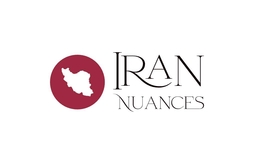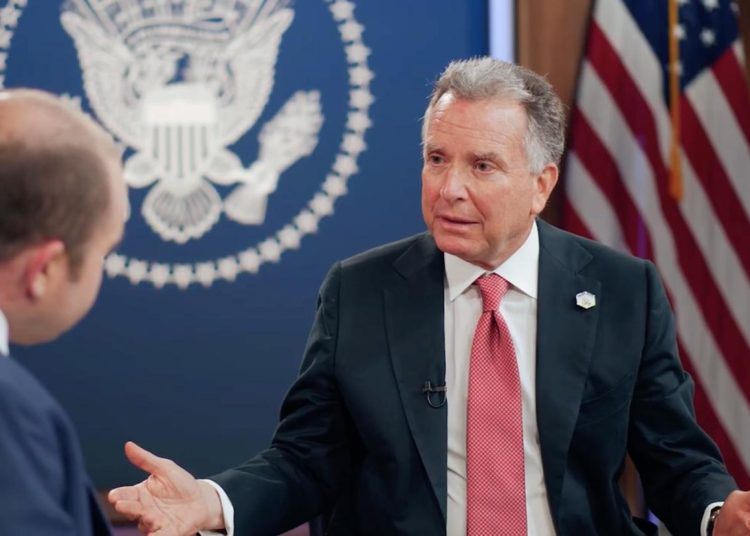Negotiations between Iran and the United States, mediated by Oman, aimed at addressing the nuclear issue and lifting sanctions, are currently navigating a landscape of profound uncertainty. This uncertainty is not merely a matter of differing negotiation positions but is multifaceted and deeply rooted within the internal dynamics of the U.S. government. The prevalence of contradictory statements, apparent reversals of previously held stances, and a perceived lack of internal consensus within Washington are creating significant hurdles for meaningful dialogue and raising questions about the viability of reaching a viable, sustainable agreement.
Layered nature of uncertainty in US policy towards Iran
The uncertainty surrounding the U.S. approach to negotiations with Iran is not monolithic but operates on several interconnected layers.
Firstly, there appears to be a fundamental divergence of views within the broader U.S. political sphere regarding the very nature and desirability of political engagement with Iran. Different factions and influential circles within Washington advocate for distinct models of interaction, ranging from direct confrontation and maximum pressure to a return to diplomacy and a revised agreement. This lack of a unified strategic vision at a high level inevitably translates into inconsistent messaging and policy directives.
Secondly, even within the narrower circle of the U.S. administration directly involved in the negotiations, this divergence of opinion is palpable. This internal discord is perceived as leading to a lack of clarity and a fluid, unpredictable negotiation posture. The absence of a firmly established, universally agreed-upon internal consensus on core principles and objectives makes it difficult for external parties, including Iran and the mediators, to ascertain the true, stable position of the U.S. government.
Contradictory messaging and the erosion of trust
A key manifestation of this internal uncertainty is the frequent issuance of contradictory statements by U.S. officials involved in or commenting on the negotiations. One can specifically highlight the U.S. senior negotiator, Steve Witkoff, as an example of an official whose statements have, at times, appeared so varied over short periods as to seem as though different individuals were speaking.
This pattern of frequent moving of the goalposts and flip flops is deeply problematic for any negotiation process, but particularly one as sensitive as the nuclear talks between Iran and the U.S., where trust is a critical, yet often scarce, commodity. When the lead negotiator oscillates between different positions, it erodes the other party’s confidence in the mandate and reliability of the U.S. team. It raises questions about whether the stated positions represent the actual, agreed-upon policy of the administration or are merely tactical maneuvers or reflections of internal disagreements playing out publicly.
Adding to this concern are instances where officials like Witkoff revert to demanding positions previously deemed unworkable, such as the “zero enrichment” stance, or issue veiled threats of “bad alternative” if Iran does not concede. Such actions, perceived as backtracking or coercive tactics, further deepen the existing skepticism on the Iranian side and make it challenging to maintain the necessary atmosphere for constructive dialogue. The Iranian perspective is that meaningful talks require a degree of predictability and a commitment to previously understood frameworks, which the U.S.’s “sinusoidal and zigzagging” behavior undermines.
Internal dynamics and public signaling vs. negotiation strategy
The tendency of U.S. officials to take sensitive negotiation points to the public domain and the media is not necessarily a sign of a strong, clear stance, but rather a reflection of the internal political dynamics and competition within the U.S. political landscape.
From this viewpoint, U.S. officials’ interviews and public pronouncements are often aimed not just at sending signals to the Iranian side, but perhaps more significantly, at signaling to colleagues, rivals, or specific political constituencies and lobbying groups within the United States itself. This internal competition for influence and the need to appease various domestic stakeholders can lead to statements that prioritize domestic political posturing over the requirements of effective diplomatic engagement.
This situation creates a confusing feedback loop where public statements might be interpreted as firm negotiation positions when they are, in fact, part of an internal political debate. This “vicious cycle” of internal signaling and external perception management is seen as fundamentally damaging the effectiveness of the negotiation process with Iran, making it difficult to discern genuine offers or bottom lines from internal political maneuvering.
Impact on the negotiation process and logistical uncertainty
The multifaceted uncertainty and contradictory messaging have a direct and detrimental impact on the negotiation process itself. This lack of clarity and inconsistency could be linked to the postponement of the previous round of talks and the resulting loss of valuable time. If the negotiating partner’s position is unclear or constantly shifting, there is limited incentive to engage, as any progress made risks being undone by a subsequent policy shift.
Furthermore, this uncertainty extends even to seemingly simple logistical matters, such as finalizing the time and venue for the next round of talks. The difficulty in confirming basic arrangements for any round, as highlighted in the previous report, is seen not merely as a logistical hurdle but as a symptom of deeper internal disarray within the U.S. government. From the Iranian perspective, if Washington struggles to finalize the time and place for a meeting, it raises serious questions about its ability to commit to and implement a complex agreement involving the lifting of sanctions and nuclear commitments. The reluctance of both Omani and Iranian sides to officially announce details of the time and venue of the talks or their late and last-minute confirmation of the details in this regard underscores this lack of trust in U.S. consistency, even on trivial matters.
Can meaningful negotiations proceed amidst this uncertainty?
The current state of multifaceted uncertainty and internal contradictions within the U.S. government poses a significant challenge to the prospect of meaningful and sustainable negotiations with Iran. The pattern of mixed messaging, apparent policy reversals, perceived influence of internal political competition, and even logistical confusion creates an environment of unpredictability that erodes trust and makes it difficult to build the necessary foundation for a durable agreement.
Expecting a meaningful negotiation when the U.S. side is perceived as lacking internal consensus and speaking with multiple, sometimes contradictory, voices is inherently problematic. A prerequisite for effective diplomacy is for the U.S. to first resolve its internal disagreements and arrive at a coherent, stable, and reliable negotiating position. Without such internal clarity and a consistent external posture, the process risks being protracted, derailed by speed bumps and rocky paths, and ultimately failing to achieve a meaningful agreement. The question remains whether the U.S. government can consolidate its position and present a stable, realistic and doable position that is conducive to meaningful progress towards a credible and durable agreement.






